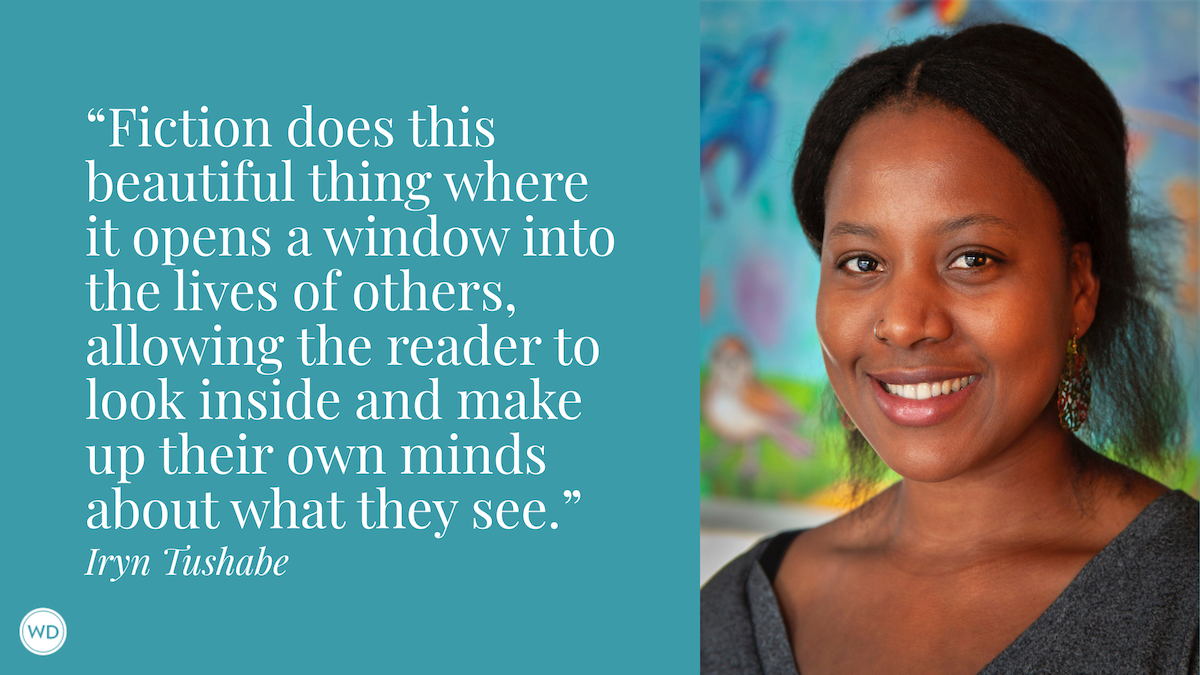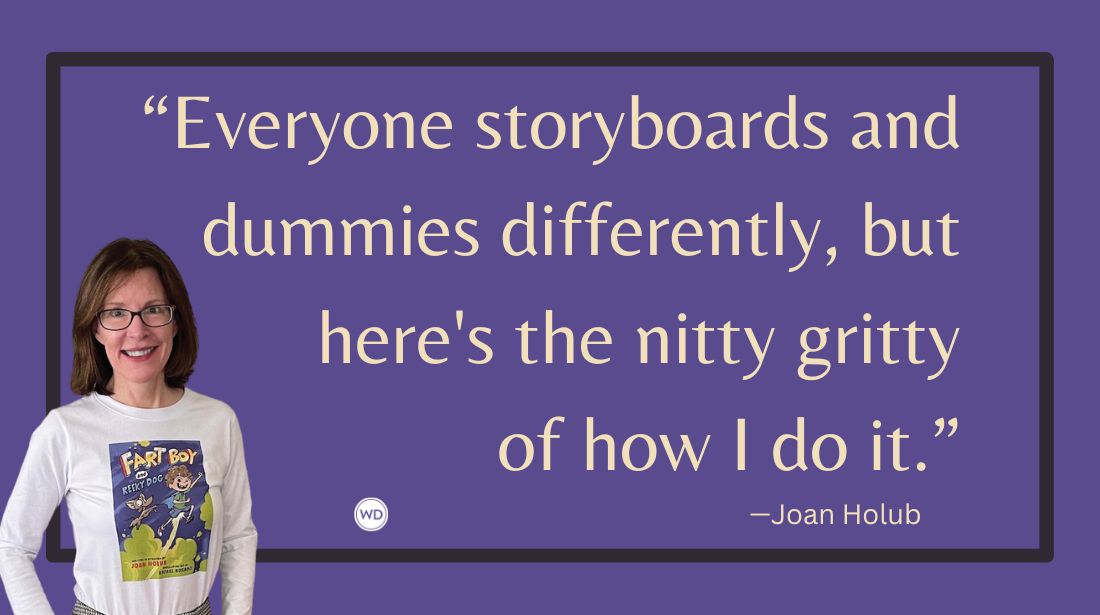Tapping Your Memories for Emotional Truths on the Page
Sharing even a fraction of our feelings with our characters will help our stories feel more authentic. Here, Kris Spisak explains how to tap into our memories to tell emotional truths on the page.
Forget cards—pick an emotion, any emotion. Are we, as writers, magicians ready to pull out any pre-chosen sentiment with ease? Well, sure. We absolutely can be.
Emotional authenticity and character depth embolden storytelling. Without these elements, even the most action-packed or thought-provoking story can fall flat. From flatlines to flat-broke to flat on one’s backside, flat isn’t a goal on the list. So, let’s do better.
If we examine our own impulses from different moments in our lives, we can tap into the genuine magic of experience and memory, transferring our own longings, aches, fears, and urgencies to the page.
You may have never pined for the exact character in your story, but perhaps you’ve had an unrequited crush. (It doesn’t matter if it was as a tween, a teen, or an adult.)
You may have never been chased by zombies or vampires or aliens or a serial killer, but you’ve likely been outside at night and heard a sound triggering your heartbeat and the hairs on the back of your neck to elevate.
You may have never quested for something that led you on a global adventure, but you’ve likely lost something in your life and ached to have it in your hands again—to feel it, see it, smell it. And what would you have felt if you went in pursuit of it against all odds?
You get the idea.
Whether you’re in the stage of elevating a finished draft or staring at a blinking cursor on a blank page, consider how tapping into your own emotional truths can flesh out your characters and plot.
Ask yourself:
- When in your life have you felt an acute urgency to act? How can you tap into that memory (sensory details, actions, pacing) to empower a scene?
- When was a moment in your life where you felt extreme [insert the needed emotion here]? How did your view of the world shift as you felt this way? What subtleties of that emotion could be brought to the page in atmosphere, mood, or tone?
- When have you been up against a roadblock, when you’ve been unsure how you would ever get past it? How did you react? What did you do? What was brewing inside you? How can this moment enhance your protagonist’s drive?
Consider setting a timer and spending just five minutes jotting down everything you can remember about these moments in your life. Even these five minutes will allow you to tap into an intensity you once felt. Your emotions once ran high. Channel them. Use them to your advantage in your creative work.
These memories can be passing impulses you’ll have to dig deep to recall, or they can be your life-defining moments. Maybe you’re lucky and have old diaries or journals to explore. But, no matter the case, remember to have faith in your own lived experiences. No life is flat, no matter its backstory or surroundings. You’ve heard, “write what you know,” but tapping into your own incentives and emotions brings that old wisdom to life.
You could hold your cards close to your vest; you could have a card up your sleeve. But what about wearing your emotions on your sleeve while you’re writing? You don’t need to be fuming, crying, or grinning like a Cheshire cat at your computer screen, but being able to recall your own truths allows for connectivity and realism that your readers will feel and embrace.
Kris Spisak is the author of Get a Grip on Your Grammar (Career Press, 2017), The Novel Editing Workbook (Davro Press, 2020), The Family Story Workbook (Davro Press, 2020), and the novel The Baba Yaga Mask (Wyatt-MacKenzie, 2022). In addition to her books, her “Words You Should Know” podcast, Grammartopia® events, and Story Stop Tour programs are also designed to help writers of all kinds sharpen their storytelling and empower their communications. Kris is an active speaker, workshop leader, and fiction editor, and she also serves on the advisory board of James River Writers. Learn more or sign up for her monthly writing tips newsletter at Kris-Spisak.com.








